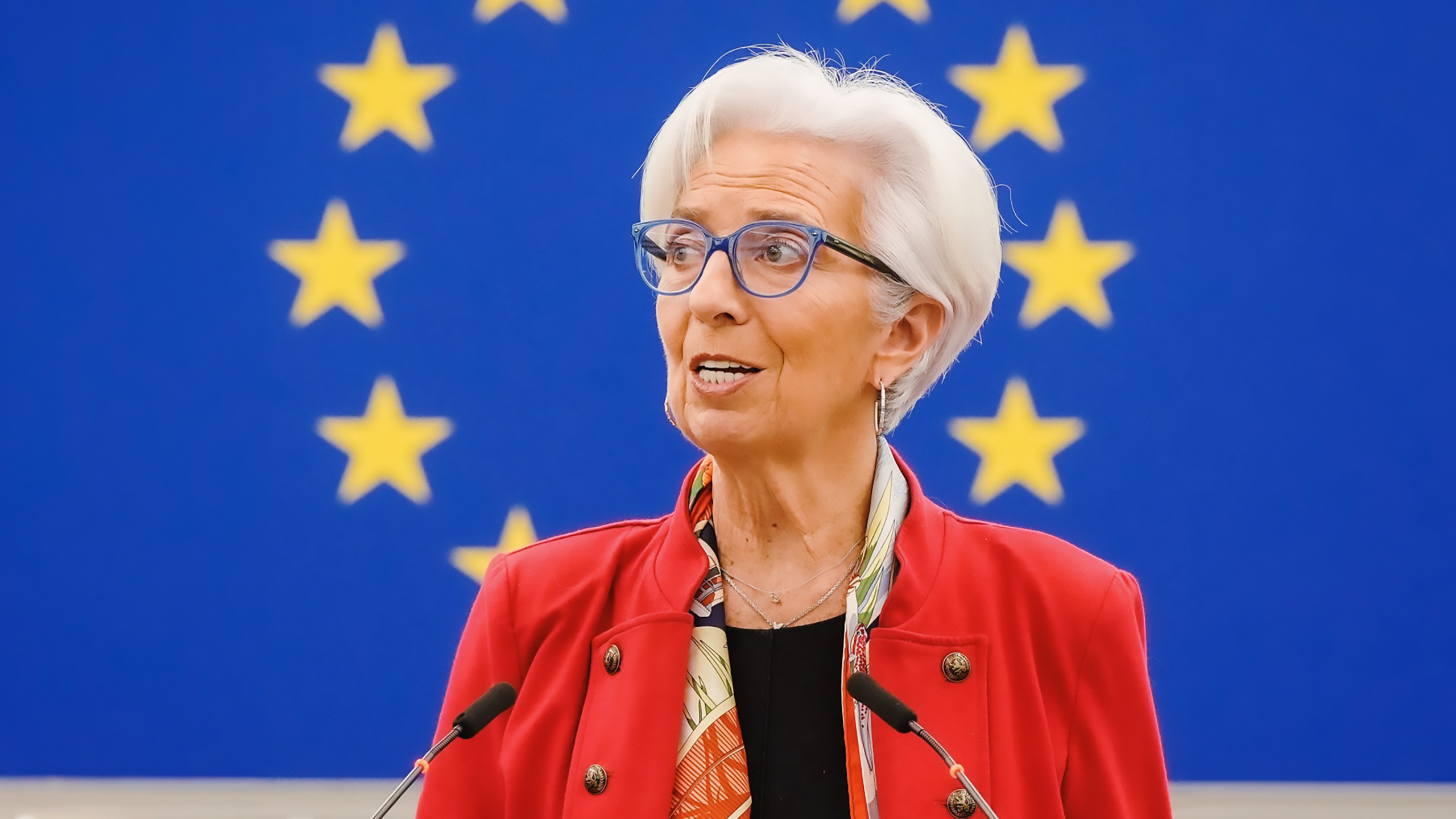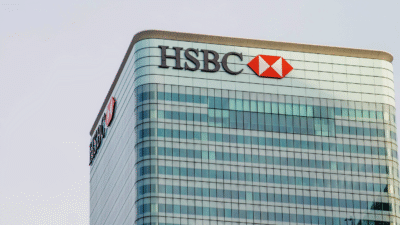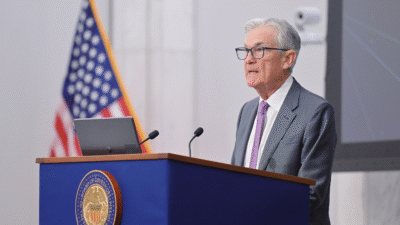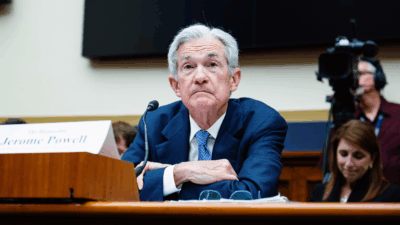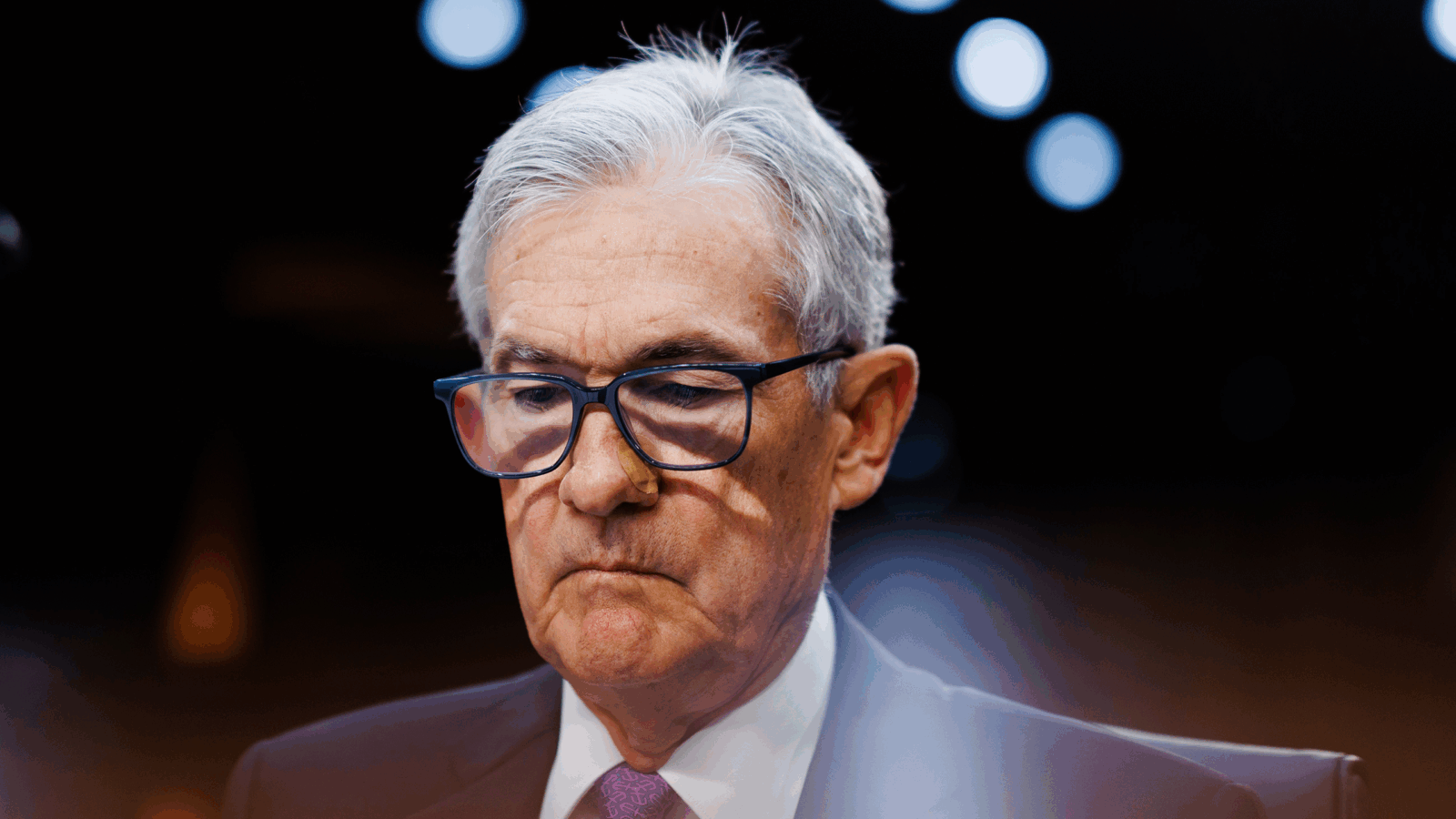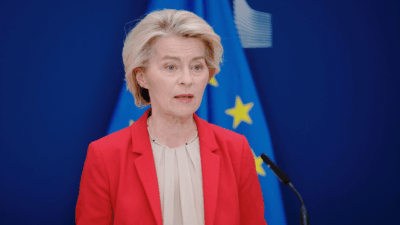Europe Poised to Cut Rates Far Sooner Than US
The European Central Bank signaled that it might be ready to pull the trigger in June.
Sign up for smart news, insights, and analysis on the biggest financial stories of the day.
Remember, central bankers: It’s not a race to see who cuts interest rates first. But if it were, Europe would win by a mile.
As the US braces for a longer wait for that elusive rate cut, the European Central Bank signaled on Thursday that it’s penciling one in for June. It’s the latest sign that the two economies are starting to diverge.
Soft Spot
The US economy remains quite strong, but inflation remains quite persnickety; on Wednesday, the latest CPI report showed year-over-year inflation of 3.5% in March, higher than expectations. Europe, meanwhile, is something of a mirror image: While the economy has largely stagnated compared to the US, headline inflation in the eurozone last month fell to 2.4%, a decrease from February, and approaching a 2% target — the same threshold for success set by the US Fed.
ECB bankers opted to maintain its record 4% interest rate (the Fed’s is still at a range of 5.25% to 5.5%) but noted that it would be “appropriate to reduce the current level of monetary policy restriction” pending continued positive data. The comment “suggests that an interest rate cut at the next meeting in June is very likely,” Jack Allen-Reynolds, an economist with Capital Economics in London, told The Wall Street Journal.
Markets are already reflecting such optimism:
- Following Wednesday’s CPI report, futures markets odds for a rate cut by June in the US quickly fell to around 20% from 50%, with traders betting the next-likeliest cut now won’t come until December. In the EU, growth-minded cuts look far more attractive, and traders still see an above-80% shot of a June rate cut.
- Meanwhile, big investors are exiting US treasuries and snapping up European government bonds, reflecting expectations of a quicker rate cut in the EU. The spread between the benchmark 10-year German and US borrowing costs grew to 2 percentage points, approaching the highest level since late last year.
Impossible Mission Fund: Still, if the ECB moves too quickly, it could wallop the value of the euro — rendering all its progress thus far moot. “There can only be so much divergence before it starts to have a big currency impact,” Mike Pond, head of global inflation-linked research at Barclays, told the Financial Times. Meanwhile, in a speech ahead of next week’s meeting of global central bankers, International Monetary Fund Director Kristalina Georgieva warned of declaring victory too quickly in the inflation fight, saying “Premature easing could see new inflation surprises that may even necessitate a further bout of monetary tightening.” Translation: Keep your champagne — yes, produced in the Champagne wine region of France — in its bottle, you snooty Europeans.
